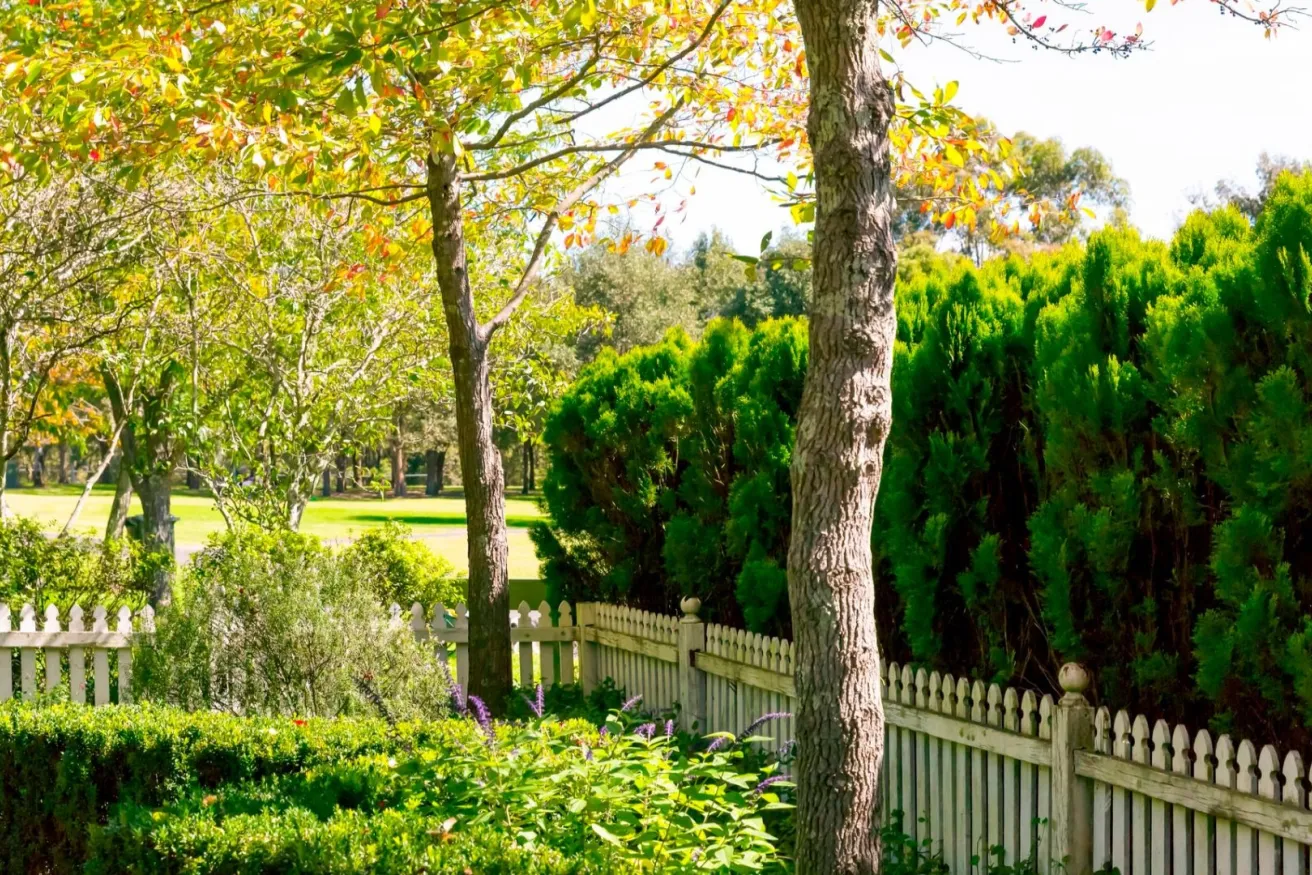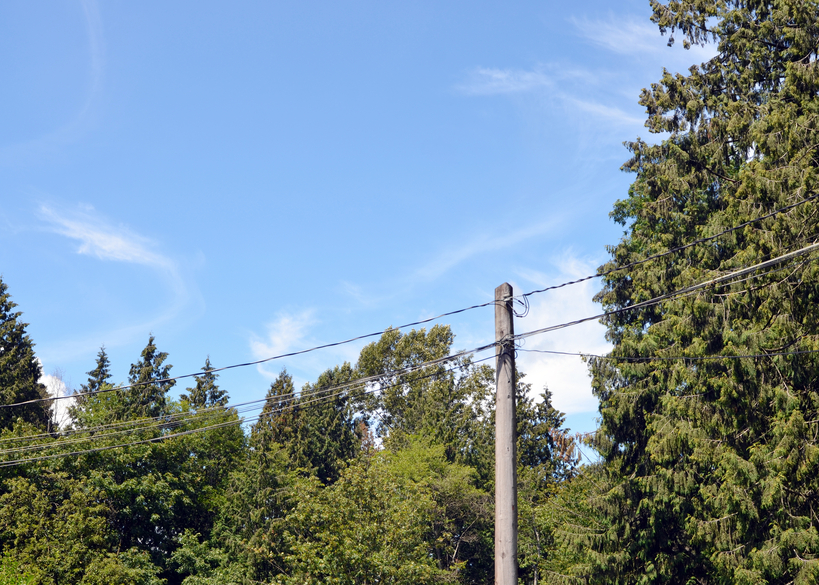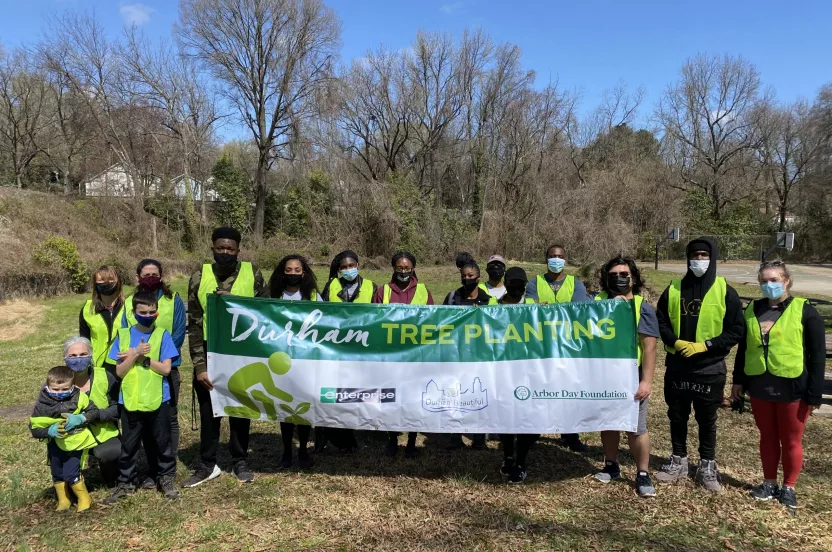Give before midnight on July 31 to double your impact where trees need us most. CHOOSE A PROJECT
Guest post by John Lang of Friendly Tree.
With the world bursting into life all around us, spring is the perfect season to plant a tree. Many homeowners spend lots of time and energy choosing the perfect tree and digging the right sized hole, yet take very little time to consider the planting site itself. Trees have very specific site requirements that should be considered before they are given a new home.
Planting a tree is not like hanging a picture; it is very difficult (and expensive) to move if you don’t get it just right. Here are some steps you can take for tree planting success:
First, choose the right species for your yard
It can be tempting to pick the prettiest tree in the nursery, but looks aren’t everything. You’ll need to determine what kind of tree will do best in your climate, soil, and growing conditions.
Trees that require full sun need a minimum of six hours of sun a day to thrive. Look around your yard and take note of how much shade it gets from structures and other trees.
Also consider your region’s hardiness zone, which is the standard that determines which plants are likely to thrive at a given location. You can determine your region’s hardiness zone by referencing this Plant Hardiness Zone Map.
Another key factor to consider before planting is drainage. If your yard is sloped, trees and plants at the bottom of your yard will retain more water and may even be prone to drainage issues. Keep this in mind when deciding on the water needs of your future tree.
The soil chemistry on your property may be very different from the tree’s natural growing habitat. A soil test can tell you what soil amendments are needed at planting for your tree to do well.
Watch Ask an Arborist: How do I Choose a Nursery Tree?
Evaluate what structures are present
Foresight is your friend when it comes to planting a tree on your property. Some species of trees can grow very large quickly, and what once was a beautiful shade tree near your back porch can become a hazard, and a headache, down the road.
Required growing space is one of the most commonly overlooked factors when it comes to tree planting. Poor placement can result in roots or branches too close to structures, driveways or sidewalks. You could also run into problems with underground plumbing, or overhead or underground power lines.
Before you plant, it’s important to know the tree’s height at maturity, as well as its crown spread and root space. Trees often require more space than you think. This sizing guide can help you determine the minimum spacing needed depending on the tree’s mature size.
When in doubt, ask your tree supplier or local nursery how much space (vertical and horizontal) is needed to keep your tree healthy and your structures safe.
Look above and below
Before planting, remember to look above and look below. It’s important to be aware of overhead power lines and underground utility lines before you start digging.
Planting tall trees under power lines will require constant pruning to keep branches a safe distance from the wires. This type of persistent pruning can result in a less attractive and overall less vigorous tree (and more trouble for you and your utility company).
A tall growing tree planted underneath power lines can become a serious public safety hazard and a major hassle for service providers. Just don’t do it!
A less obvious but equally important consideration is what’s going on below ground. A tree’s root spread is often much larger than its canopy spread, so always err on the side of more clearance.
Always, always, call your utility company to mark underground lines before you dig. Accidentally digging into utility lines can cause serious injury, not to mention annoying service interruptions. Know where the utility lines are, have them marked, plan a safe distance – and then dig.
Think seasonally
What’s going on in your yard in the spring can be drastically different than in the fall or winter. Thinking seasonally will help you plant your tree with its best interests in mind throughout the entire year.
Consider whether the tree is deciduous or evergreen. How much of a problem will falling leaves or needles be in this location? Also keep in mind that a deciduous tree is preferable if you are planting on the south side of your house to provide shade from the west summer sun.
How much sun does the site receive in the winter versus the summer?
Will the tree drop messy fruit or sap on sidewalks or driveways? A fruit tree near the sidewalk will require a lot of messy cleanup. Planting a pine tree near the driveway can mean your car will be covered in sap certain times of the year.
Plan for the future
Think about your long-term plan for both the tree and your yard. Will you want to put in a shed or play structure in the future? How big will the surrounding trees grow? Do you have plans to eventually put in a driveway or a garage? How much will the tree shade your yard 10 or 15 years from now?
Watch: The Right Tree for the Right Place
Planning now for the future will help you to avoid tree troubles later. Trees are a serious commitment when you consider how costly they are to remove.
Just like many other things on your property, trees are an investment. Invest wisely, plan carefully, and enjoy the dividends. The right tree in the right place will not just survive, but thrive for years to come.





